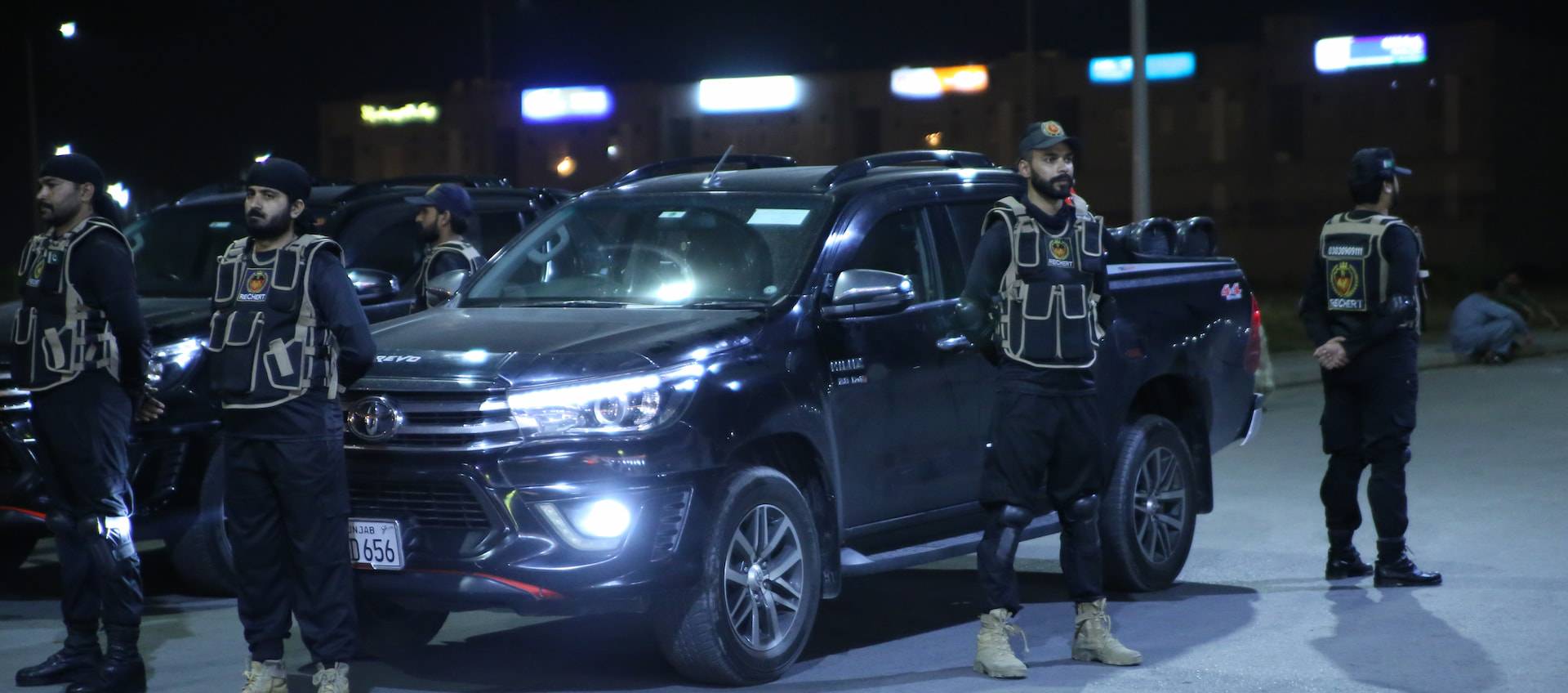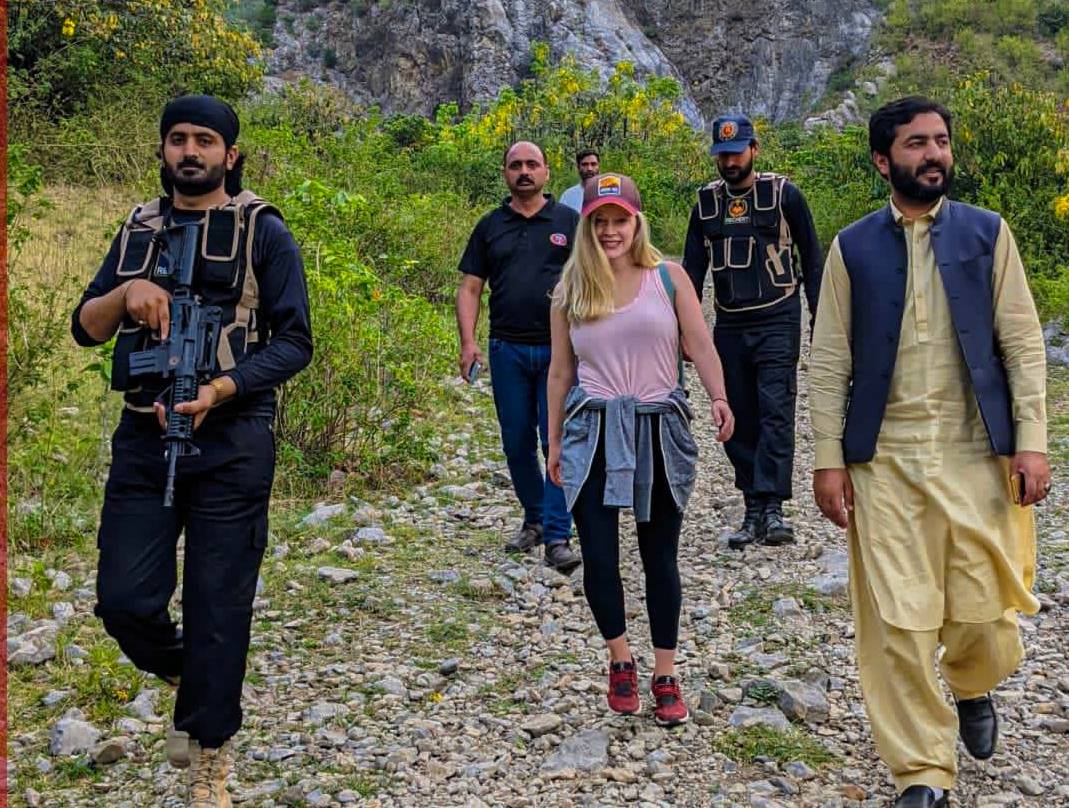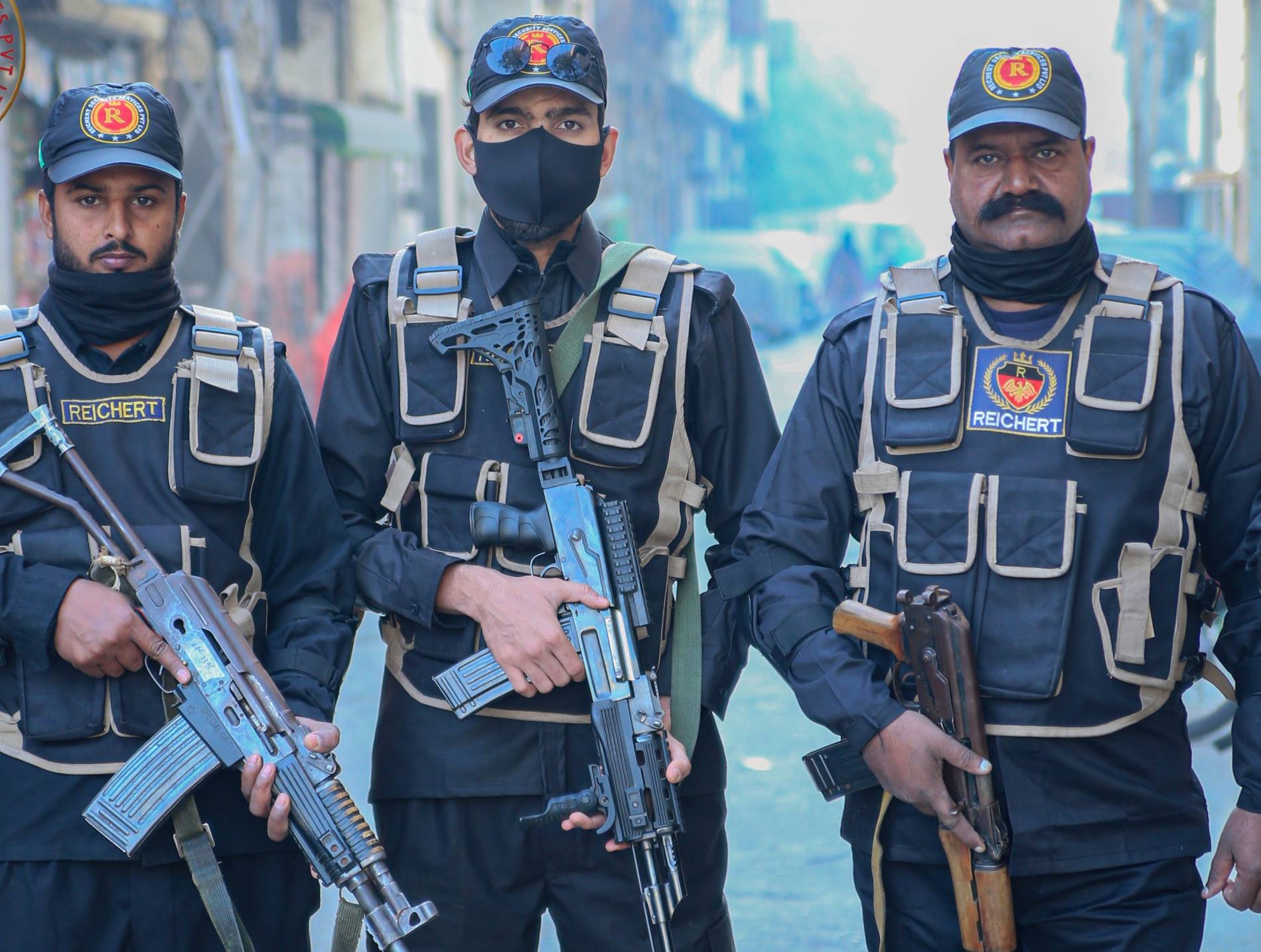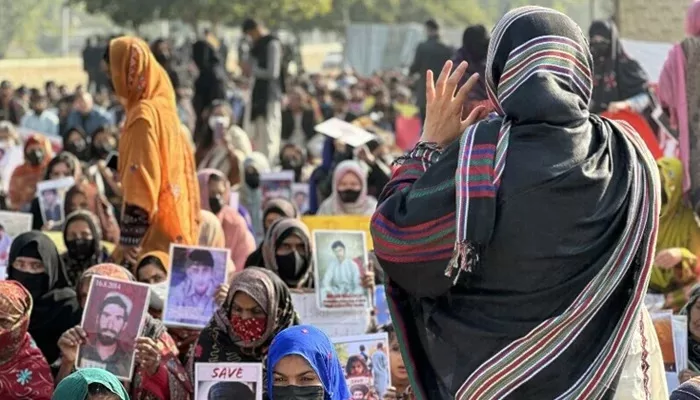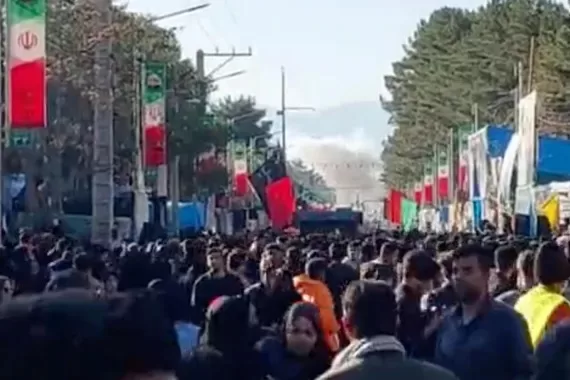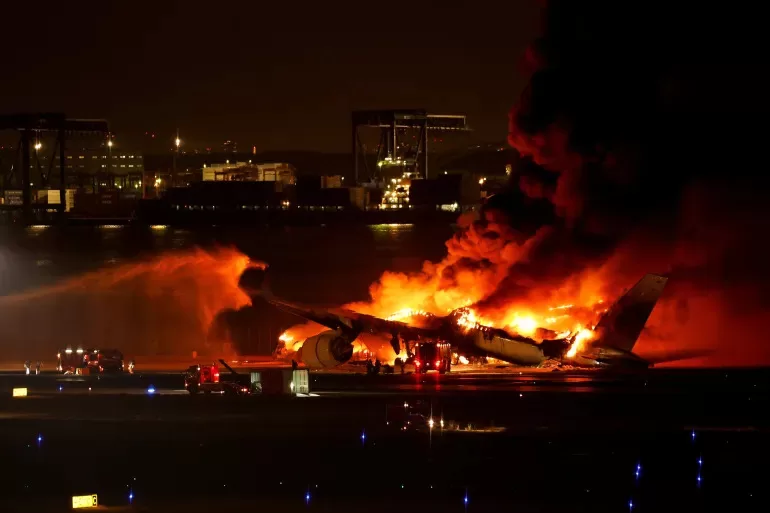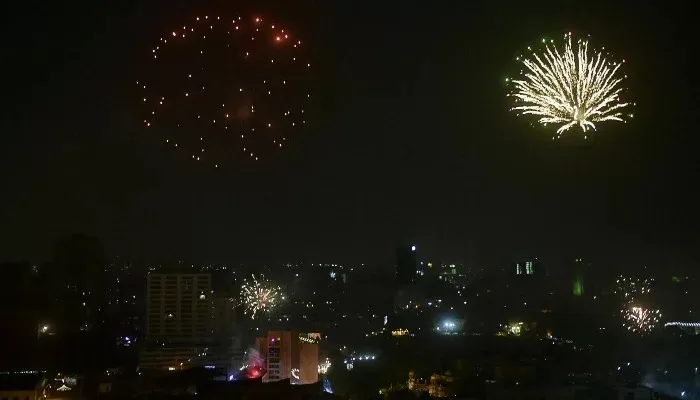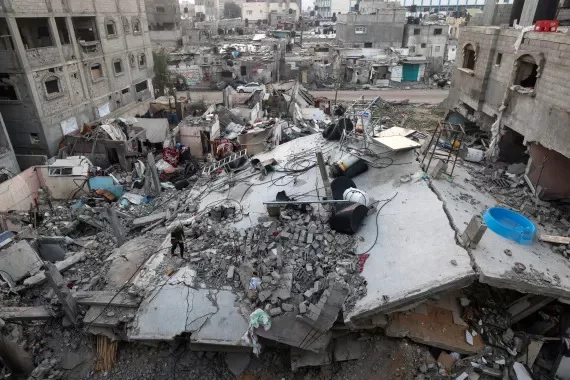Israel-Hamas war live: 14 killed by Israeli bombing of house in Gaza
At least 14 people killed and a number of people injured in an Israeli bombing of a house belonging to the Salah family west of Khan Younis. Nine Hezbollah members killed in Israeli strikes on Wednesday amid Lebanese border clashes. Hezbollah leader Nasrallah says his fighters are not afraid of war, but avoided any declaration that his forces would escalate attacks after killing of Saleh al-Arouri. At least 22,313 people have been killed and at least 57,296 wounded in Israeli attacks on Gaza since October 7. The revised death toll from the October 7 attack on Israel stands at 1,139. Saudi Arabia rejects Israeli ‘extremist remarks’ on displacing Gaza residents Saudi Arabia’s foreign ministry said in a statement that the country rejects “extremist remarks” by two Israeli ministers who called for the displacement of Gaza’s population, the reoccupation of the strip and the construction of settlements. It also stressed the importance of efforts to activate international accounting mechanisms towards persistence of the Israeli government in violating the international humanitarian law. Israel’s military detains hundreds for questioning in prolonged raid The raid on the Nur Shams refugee camp in the occupied West Bank lasted 30 hours, Israel’s military said in a post on its official X page. In addition to detaining hundreds of “suspects”, Israeli forces confiscated weapons and destroyed “terrorist infrastructure” during the incursion, the Israeli military said. Since October 7, Israel has arrested close to 5,000 Palestinians, holding many in their custody without charge. Click here to share on social media Saleh al-Arouri’s assassination in Lebanon opens ‘Pandora’s box’ Sultan Barakat, a professor of public policy at Hamad Bin Khalifa University in Qatar, has told Al Jazeera that US National Security Council spokesman John Kirby pointing out that military attacks cannot eradicate the Hamas ideology is a significant step. But “it was disappointing that Kirby did not go far enough talking to Israel about the way they carried out the assassination of a Hamas leader [Saleh al-Arouri] in Lebanon,” he said. “I think it would be much better to condemn the way that attack was conducted. This is way outside the war zone that Israel has declared with Gaza,” Barakat added. “It was done in a sovereign neighbouring country, and it is going to open the Pandora’s box as to what can happen if nations do not respect that type of sovereignty.” Click Likud minister dismisses talk of Palestinians leaving Gaza Miki Zohar, Israel’s culture and sports minister, has said it is “not realistic” for Palestinians to leave Gaza, even if some Israelis would like to see it happen. “It’s not realistic, and it’s clear that the international community will not accept it,” Zohar told Israeli news site Ynet, adding that this subject should not be discussed publicly. “With things like this, even if you have a belief or a goal like this, it can be discussed and debated behind closed doors.” Zohar’s remarks follow calls from Israel’s national security minister to “encourage the emigration” of hundreds of thousands of Palestinians in Gaza to make way for Israeli settlers. Click Israeli army committing ‘massacres’ in ‘safe’ areas: Gaza media office “During the past three days, the occupation army has committed six massacres by forcing civilians to flee their homes to other areas it claimed were safe in the city of Rafah, south of the Gaza Strip, and then bombed them, resulting in the death of 31 people,” the government media office said in a statement. “The Israeli occupation army has repeated the crime of forcing civilians, under threat of weapons and death, to flee from their safe homes and residential neighbourhoods to other areas that it claimed were safe, but it bombed them.” Click here to share on social media China says Red Sea shipping must be protected “China opposes attacks against civilian vessels,” a spokesperson for the country’s Ministry of Foreign Affairs says. “I believe all sides need to play a constructive and responsible role in safeguarding the security of shipping lanes in the Red Sea.” China is not a member of the US-led naval coalition patrolling the Red Sea. However, as one of the world’s largest shipping countries, it has a strong interest in seeing stability there after Houthi attacks on commercial vessels. Source:https://www.aljazeera.com/news/liveblog/2024/1/4/israel-hamas-war-live-bloody-day-for-hezbollah-tensions-with-israel-soar
Israel-Hamas war live: 14 killed by Israeli bombing of house in Gaza Read More »
News



